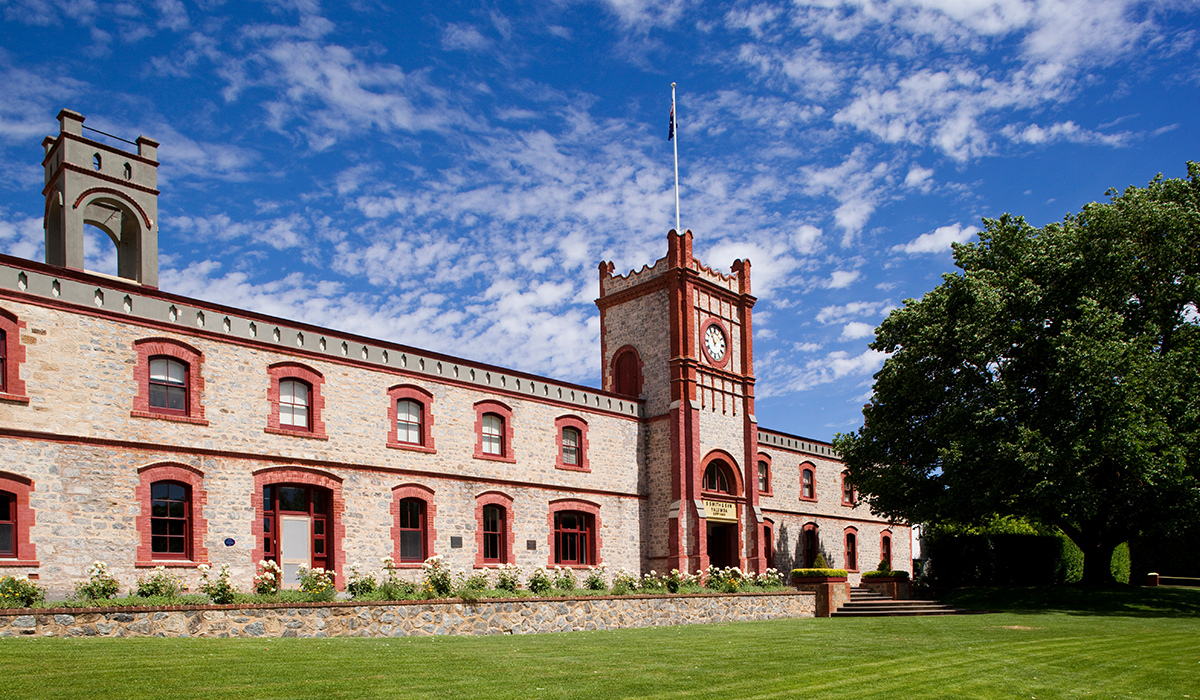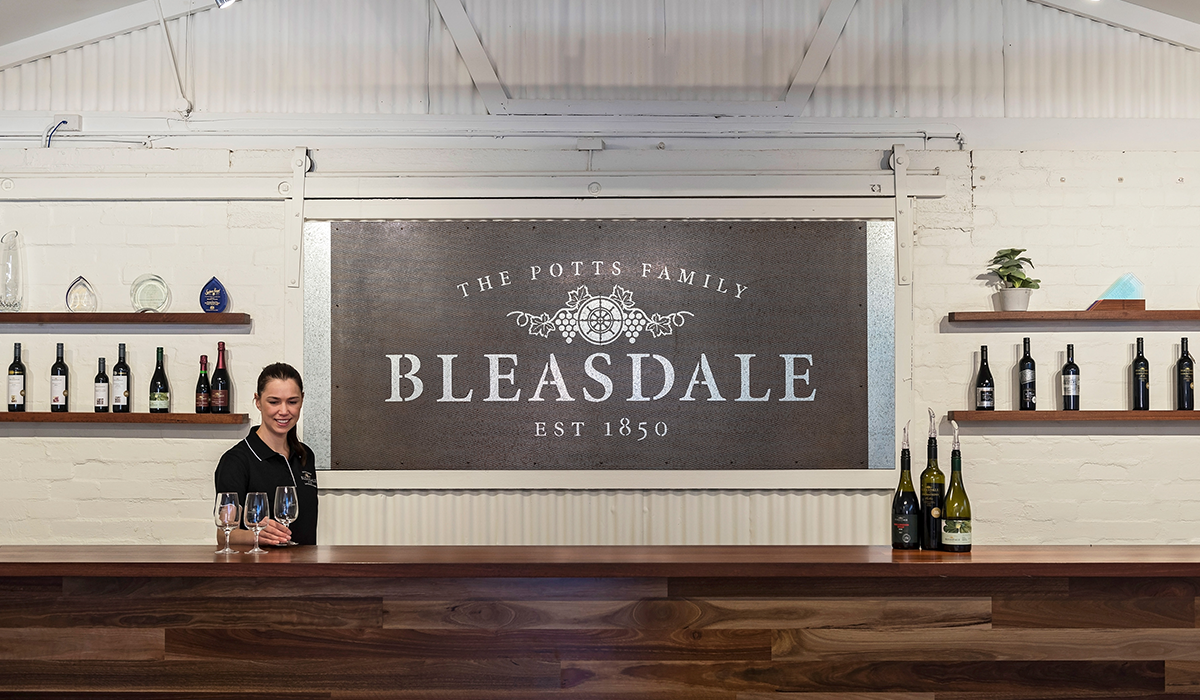The 2024 South Australia vintage
During the 2024 South Australia vintage, in the valleys, quality across the Barossa was high, Eden saw high-quality riesling, shiraz and greanche, and the Clare had standout riesling.
Below average winter and spring rain in the Barossa Valley made the vines work at the start of the growing season, though budburst started in September, three weeks earlier than years before. September and October frosts significantly damaged some vineyards and impacted yields. With November/December rain and cooler weather, the vines flourished, with most varieties picked before the end of March. Quality across the board is high – though yields are variable – the standouts being
grenache and
cabernet sauvignon, with
riesling,
semillon and
shiraz a solid back up crew.
The Eden Valley had moderate winter and spring rainfall leading to average yields overall. A dry ripening period meant no disease pressure, with high-quality riesling, shiraz and grenache leading the varietal charge.
The Clare Valley had no rain at all during the growing season, but a significant spring frost wiped out approximately 15 per cent of grapes across the Valley. Though irrigation was needed in some vineyards, weather up to harvest was dry, warm and sunny, with no heatwaves until after all but the cabernet was picked, and then three days of 38 degrees. Riesling is the clear standout.
 Yalumba in the Eden Valley.
Yalumba in the Eden Valley.
McLaren Vale received nearly twice the average June rainfall, providing good soil moisture ahead of drier and warmer weather until mid-November. The mild winter/spring led to early flowering, though November/December had well above average rainfall leading to the necessity of rigorous vineyard management. The vintage period was very dry, and provided ideal ripening conditions. Strong varietal expression has been seen across all reds, cabernet sauvignon in particular.
The Adelaide Hills had a cool, wet winter, with a cold snap during flowering also impacting fruitset for many varieties. The rain continued into the start of January, a warm and dry period then leading to a lower-than-average harvest. Quality is very high to excellent, the standouts being riesling,
sauvignon blanc, chardonnay,
pinot noir and shiraz.
Coonawarra had good winter rains and a mild growing season with quite a bit of rain in the lead up to vintage requiring vigilance in the vineyards. The white grapes were picked in cool conditions, then a warm spell mid-March brought the reds onstream, though generally with lower-than-average yields.
Merlot, shiraz and cabernet sauvignon look to be the usual standout varieties.
 Parker Coonawarra Estate in Coonawarra.
Parker Coonawarra Estate in Coonawarra.
Above average winter, spring and early summer rainfall in Wrattonbully, then mild temperatures until February and March, proved great for ripening. With average yields of superb quality, the standouts look to be shiraz, cabernet sauvignon, cabernet franc, sauvignon blanc and
pinot gris.
Padthaway had below average spring rainfall but early summer rainfall was well above average. The dry finish in February/March allowed for extended ripening and ideal harvest conditions. Overall quality is good to very good, with sauvignon blanc, pinot gris and chardonnay the picks of the whites, the reds showing particularly strong shiraz and cabernet sauvignon.
There was early and late winter rainfall in Langhorne Creek but – in a sign of socially aware times – the region successfully completed Dry July. September and October were very dry, with some frost damage and crop losses, followed by a particularly wet three months to the end of January. The verdelho harvest started on February 8, the reds commencing March 1. Then a four-day heat spike put ‘vines, people and ferments under pressure’. Varietal standouts for the vintage are shiraz, grenache (and blends) and cabernet sauvignon (and blends).
 Bleasdale in Langhorne Creek.
Bleasdale in Langhorne Creek.
Below average winter rainfall in Southern Fleurieu relented in early spring, but led to a late budburst. Summer was cool – with higher-than-average rainfall – harvest was completed just prior to Easter, and yields were 50 per cent of normal but with good potential.
Although Kangaroo Island had only one true rain event during a mild and dry winter, it caused flooding. A cool and windy spring, with frost in September, moved into a summer that started with heavy rains and followed with a mild February. An extended heatwave in March pushed a quick ripening period and progressed what was looking to be a late harvest into one that was nearly a month earlier than usual.
While winter rainfall was less than normal in Mount Benson and Robe, there were continuing showers and cooler temperatures through spring. Summer brought considerably warmer weather and resulted in an early start to harvest, with fruit ripeness but low yields (some down as much as 40 per cent). Pinot gris is the standout for whites, pinot noir for reds.
The Riverland was dry and warm leading into harvest, becoming hot in February to mid-March; disease pressure remaining low. While yields are slightly below expectations, the overall quality is high, with chardonnay and shiraz the highlights and merlot running closely in their wake.
Join Halliday Wine Club to drink the very best of Australian wine
Are you an explorer, enthusiast or collector? No matter the Halliday Wine Club plan you choose, each month we'll deliver two bottles of 95+ point wines direct to your door. From $89 per month. You can skip, pause or cancel anytime. Join now.
The 2025 Halliday Wine Companion is available now. Secure your copy of Australia's most comprehensive wine guide at all good bookstores.
This is an edited extract from the 2025 Halliday Wine Companion, with reviews by James Halliday, Campbell Mattinson, Dave Brookes, Jane Faulkner, Jeni Port, Marcus Ellis, Mike Bennie, Philip Rich, Shanteh Wale and Toni Paterson MW. Cover art by Vera Babida.
Top image credit: Yalumba.